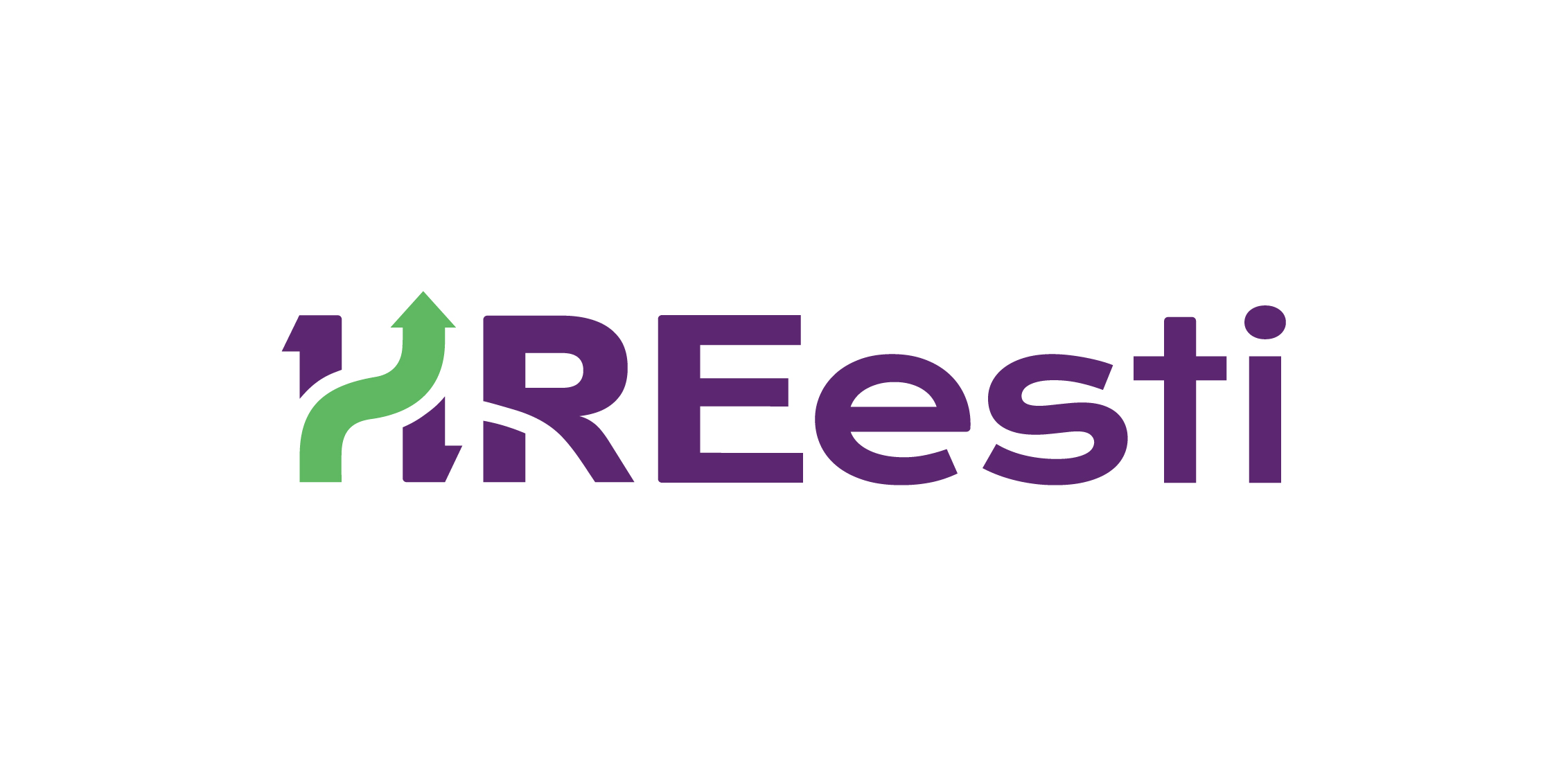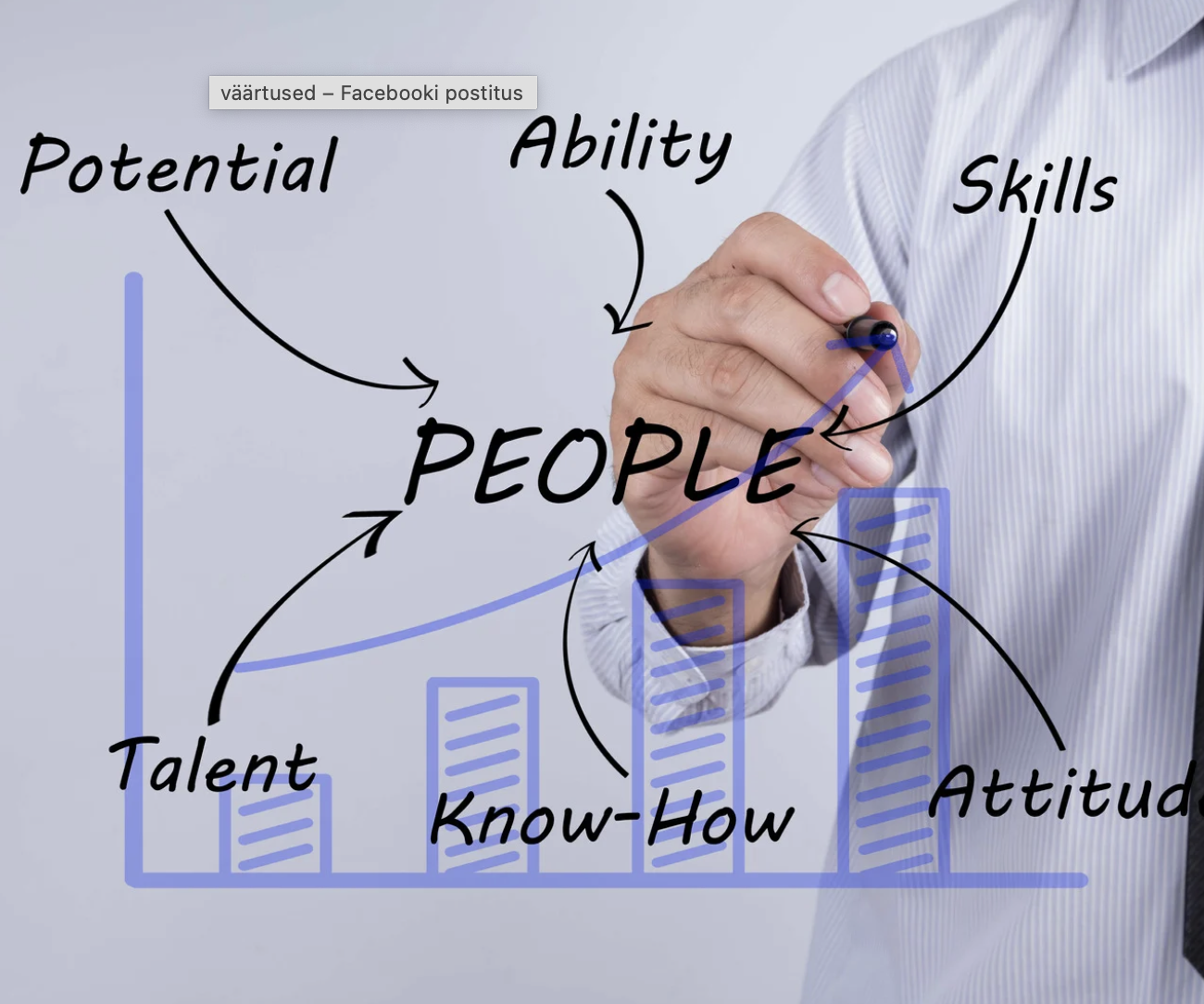
Employee experience management – the new gold standard in HR
HR has entered a new stage of evolution. While we once focused primarily on workforce administration, we are now moving toward intentional experience management. More and more companies are realizing that a positive employee experience is not just a gesture of goodwill, but a strategic investment in the future of the organization.
Employee experience is a whole – it reflects how an employee perceives their work life within the organization at every stage, from the first interview to the final working day.
What is employee experience, really?
Employee experience encompasses everything a person feels, sees, and goes through throughout their entire employee lifecycle – from the very first contact with the employer to their last working day (and often even beyond). This includes:
• The meaning and impact of work
• Leadership behavior
• Tools and technology
• Culture and values
• Flexibility and opportunities for growth
• The physical and psychological work environment
This is not a campaign or an HR project. It is a strategic mindset.
How do you manage employee experience with intention?
1. Start by listening – really listening.
Systematically collecting feedback at different stages of the employee lifecycle (e.g. onboarding, 90-day check-ins, 1-year reviews, exit interviews, regular pulse surveys) helps create a clear map of the employee experience. But don’t gather data just for the sake of it – listen, understand, act.
2. Map the “moments that matter.”
Every employee has their own journey, but certain moments – such as the first day, a promotion, or a personal crisis – often shape how they perceive the organization. Design these moments intentionally and with a human-centered approach.
3. Involve your leaders.
A great employee experience doesn't come from HR alone. Leaders shape it every day – through their communication, the expectations they set, and the example they give. Invest in developing your leaders and building their sense of responsibility.
4. Make employee experience part of your business strategy.
When employee experience metrics (such as eNPS or engagement scores) are part of the company’s performance dashboard, they become meaningful to leadership as well. A strong experience = higher productivity, lower turnover, and a stronger brand.
What does this lead to?
Organizations that take a deliberate approach to employee experience:
• Experience increased levels of employee engagement
• See lower staff turnover and fewer sick days
• Attract top talent more easily
• Increase customer satisfaction – because a happy employee = a happy customer.
A closing message from HR Eesti to leadership
We can’t control everything, but we can design experiences that are meaningful, human-centered, and honest. Employee experience isn’t just HR’s responsibility – it is a mirror of the organizational culture. And that mirror shows whether our values live only on the wall – or also in the way we work and lead.
It’s time we stop asking only what employees do for the organization – and start asking what the organization does for them. That is the new gold standard.



